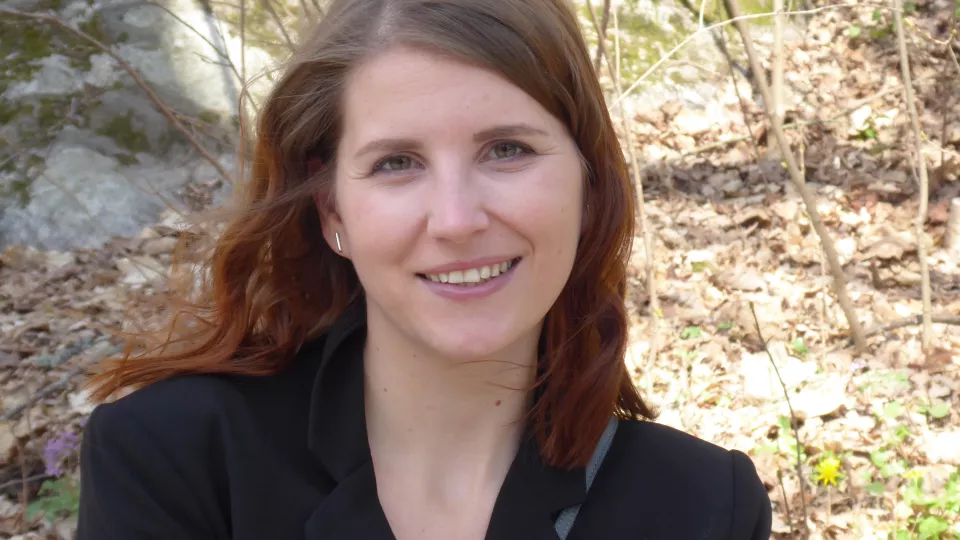What is you research about?
My work concerns the changing disease and mortality patterns among the old in Sweden since the 1990s. Using nationwide register data I explore how the occurrence and survival of different diseases has changed in the total population and in different groups (e.g. socioeconomic groups, men and women, or healthier and less healthy parts of the population).
Longevity has increased quickly and I study whether improvements in health have occurred at an equal pace across such population groups or whether some have been left behind as longevity improved. I study several health indicators including disease incidence rates, prevalence, survival chances, and geriatric care. Several studies focus on hip fractures specifically, but I also looked at cardiovascular conditions and cancer.
What are your most important findings?
Improvements in population health have not been limited to the “healthy part of the population” or to specific sociodemographic groups. However, population ageing is accompanied by rising comorbidity levels in the population. Improved incidence and survival of cardiovascular diseases are the primary reason for rising life expectancy but hip fractures remain an important public health issue. Over time, comorbidity levels among hip fracture patients have increased resulting in high mortality, especially among men.
Was it anything that surprised you in your findings?
The burden of hip fractures in the ageing population and the high mortality. Part of this is explained by the fact that hip fractures affect people who are already frail and often multimorbid but hip fractures are nonetheless debilitating. The possible undertreatment of osteoporosis should be addressed.
What are you up to now?
I will focus on epidemiological consequences of Covid-19 as a post doctoral researcher and develop my own ideas to apply for Post-Doc grants in the future.
What did your affiliation to SWEAH mean to you?
It was fun to meet other PhD students and it is a real pity that we could not have physical meeting during the past two years. The theories of ageing course was one of the best courses I had as a PhD student!



